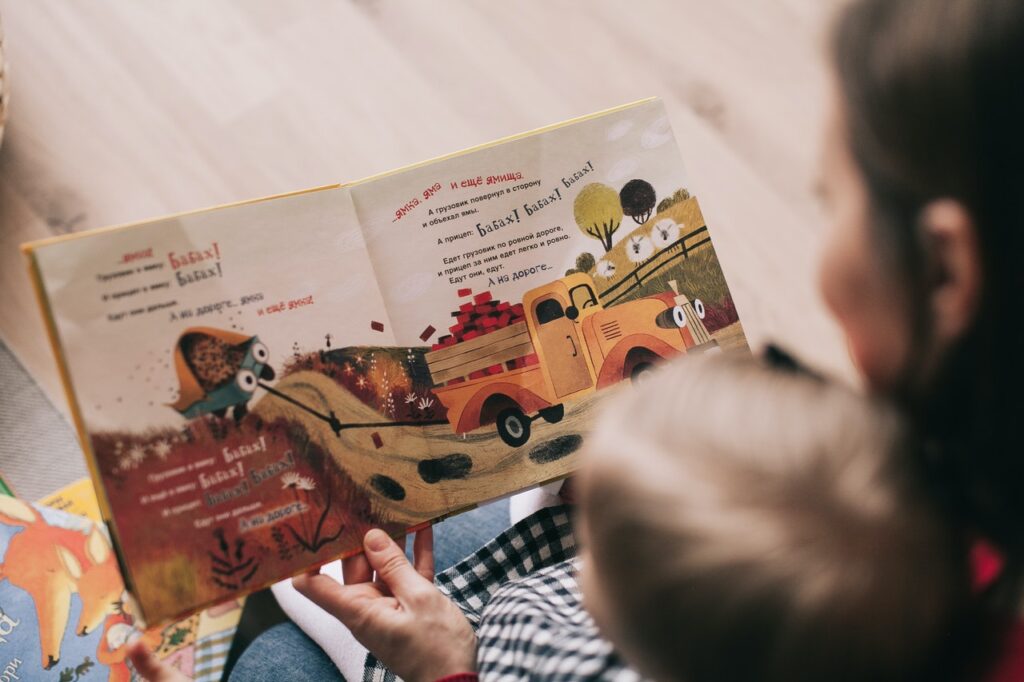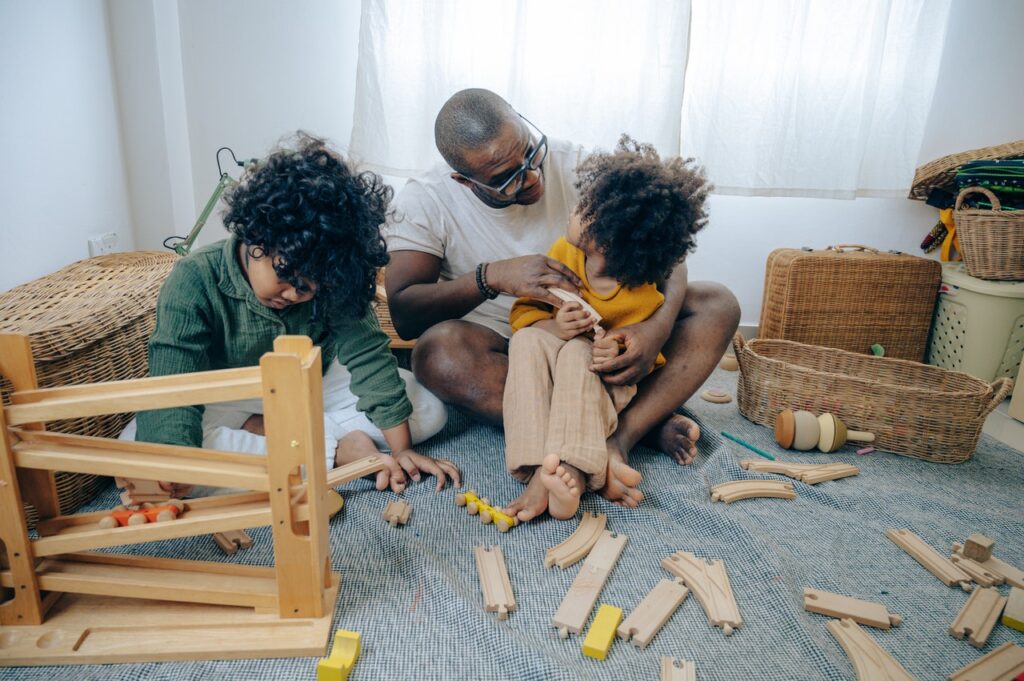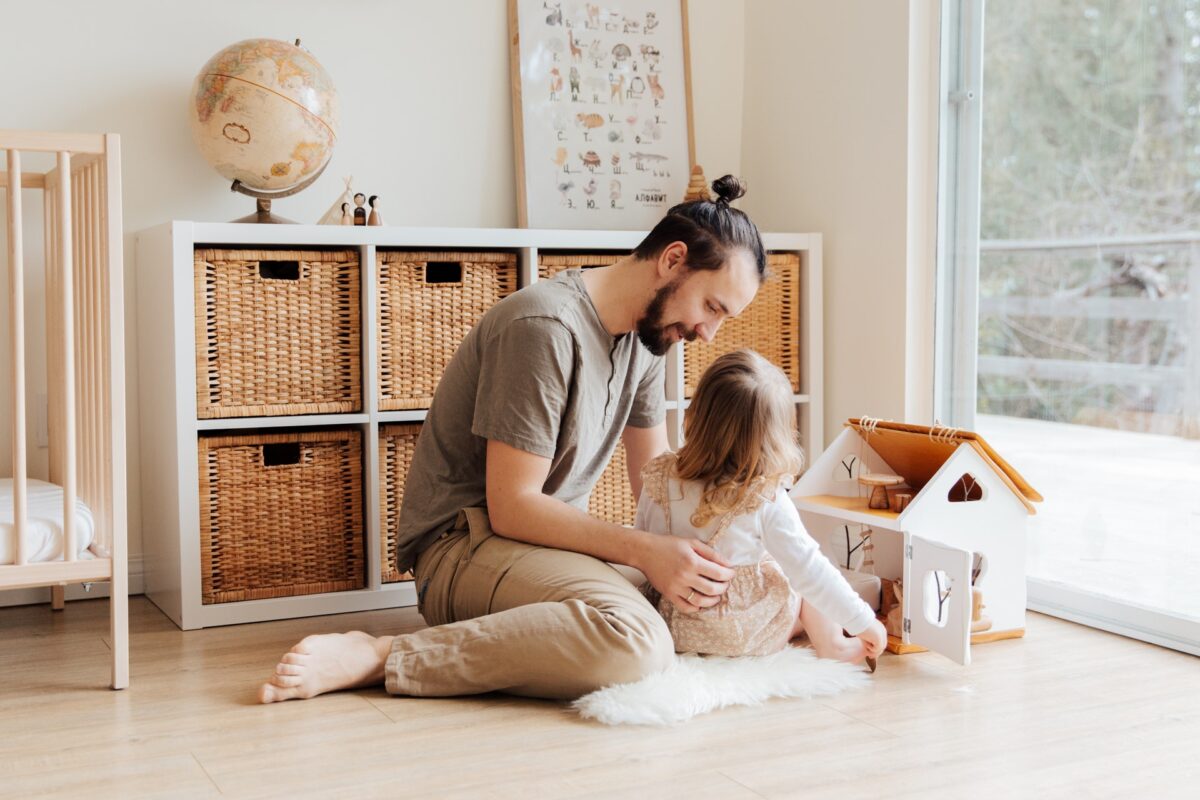New research has found that adult and baby brains sync up during playtime. A team of researchers from Princeton who study how babies learn to see, talk and understand the world have conducted the first study into how baby and adult brains interact during natural play. Through their research they found that baby and adult brain activity rose and fell together as they shared toys and eye contact.
During the research adults engaged with babies aged between 9 & 15 months by spending 5 minutes playing with toys, singing or reading.
It was found that during this face to face interaction babies brains were synced with the adults in several areas known to be linked to high level understanding of the world. This suggests that the baby was using the connection to understand the details of the story or activity or could have even just being trying to work out the motives of the adult engaging with them.
Whilst the researchers expected to see that the babies brains would link up with the adults they were surprised to find that actually the infant brain was often “leading” the adult brain by a few seconds which suggests that babies do not passively receive input but may actually guide adults towards the next thing they want to focus on such as what toy they would like to play with or what words they would like the adult to say.

The brains appeared to form a “feedback loop” in that the adult brain seemed to predict when a baby would smile and the baby’s brain anticipated when the adult would use more “baby talk”. Both brains tracked joint eye contact and joint attention to toys. Essentially both caregiver and baby were found to dynamically affect each other’s brains.
So remember, when you are playing with your little one you might quite literally be on the same wavelength

